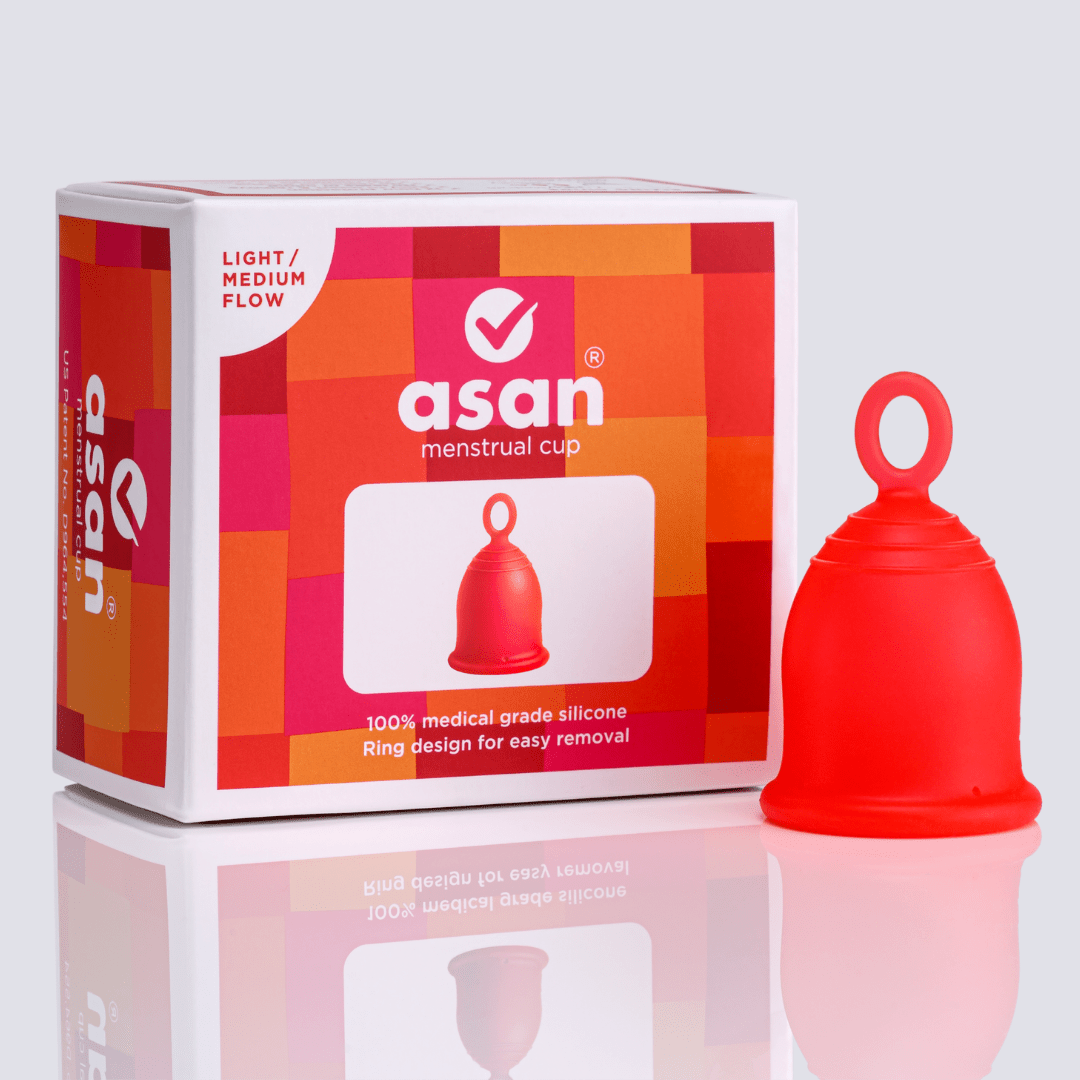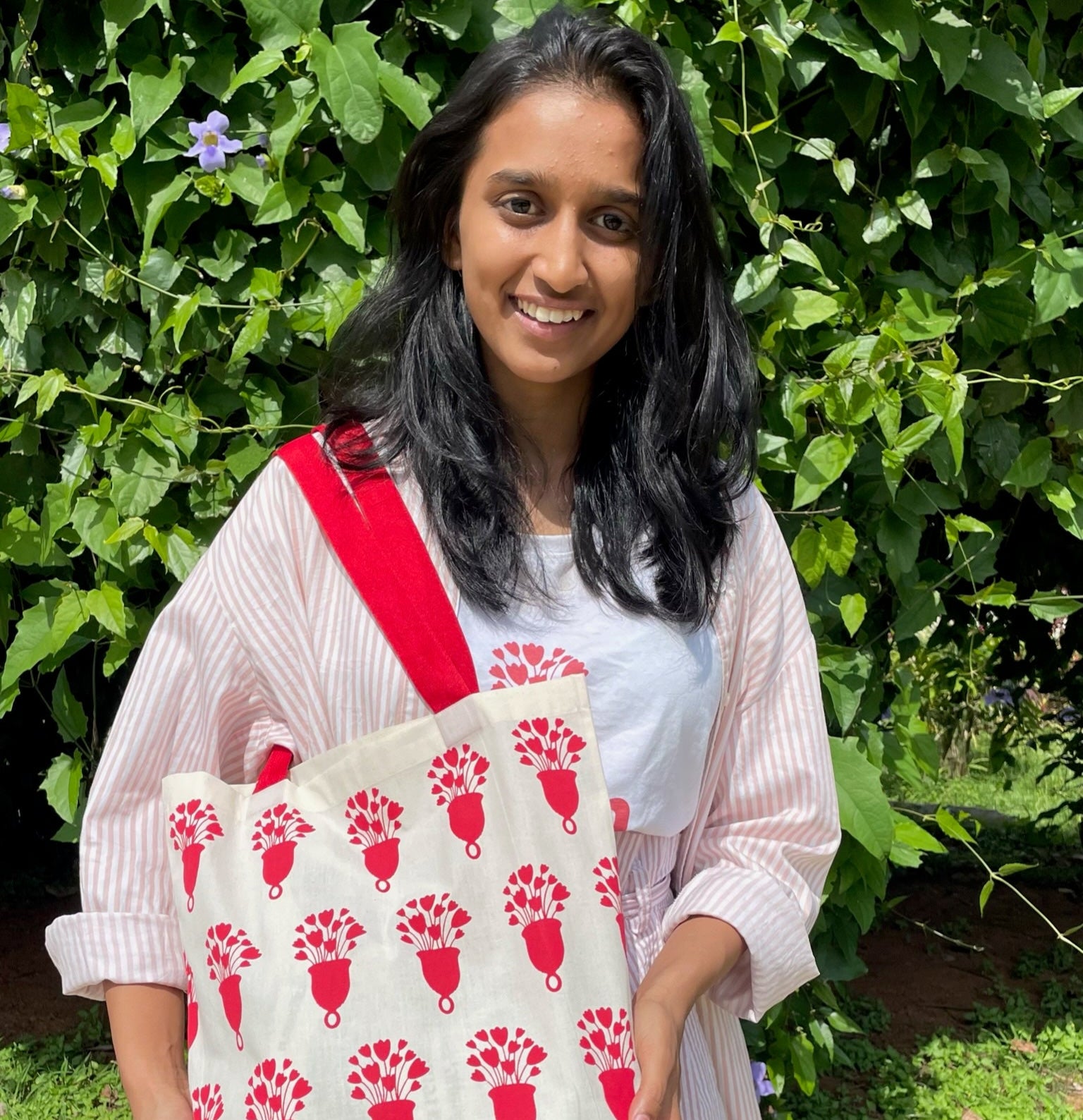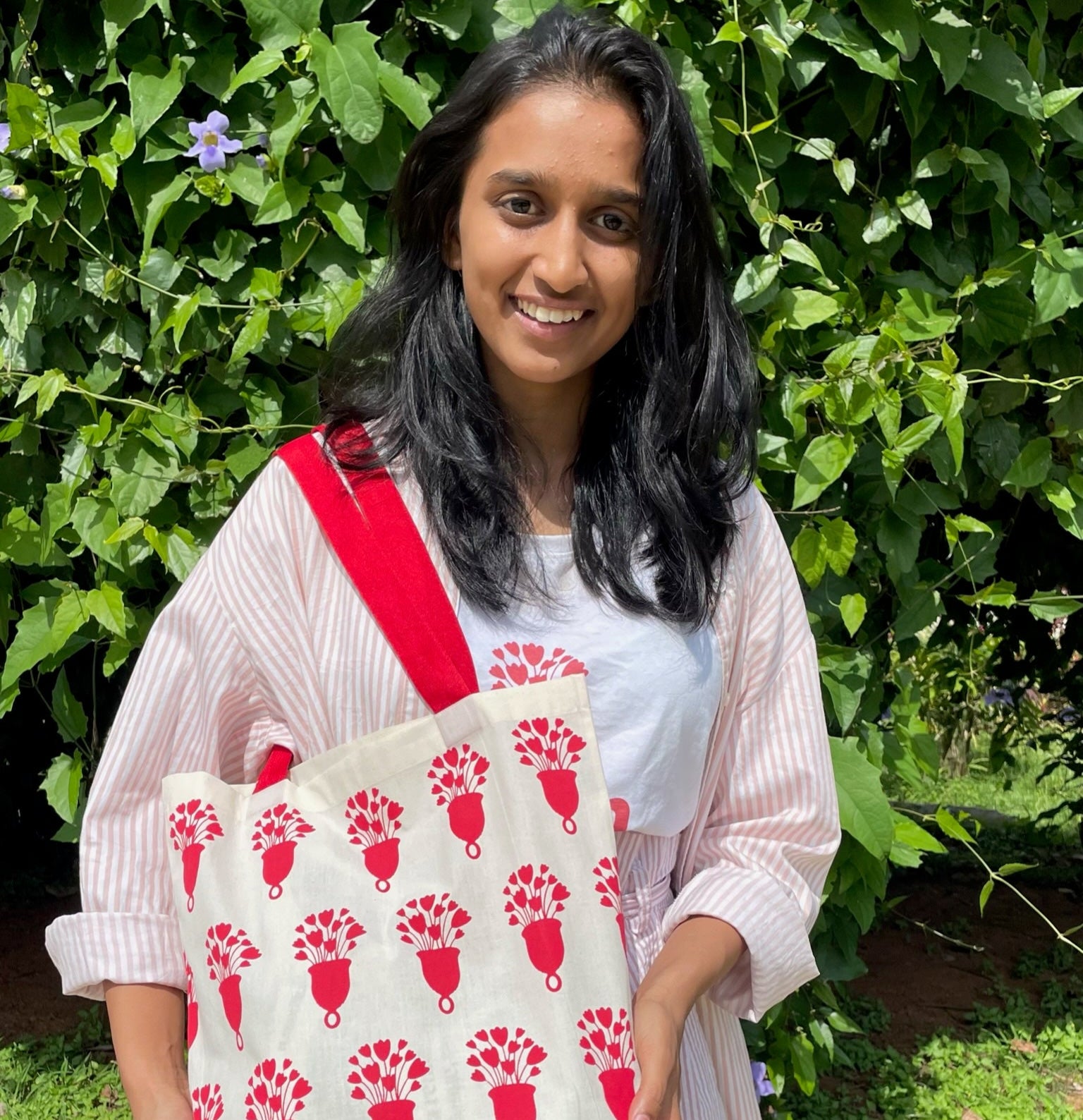In a world increasingly conscious of environmental impact, the conversation around sustainability has extended to all aspects of our daily lives.
One area gaining significant attention is menstrual health and period hygiene, where the shift towards reusable menstrual products is creating waves not only for the environment, but also in terms of affordability.
As we navigate the landscape of eco-friendly period solutions, one essential question stands out: will reusable menstrual product alternatives save you money?
This blog explores the economics of sustainable menstruation, and highlights the financial benefits of making the switch to sustainable period products.
Have you ever thought about how much you spend on period care every year?
Traditional disposable period products often come with a recurring monthly expense, accumulating over time.
On the other hand, reusable period products may have a higher one-time cost, but they come with long-term use potential, hence offering significant savings in the long-term.
An average woman spends anywhere between ₹100–₹150 on feminine care products every month, making that almost ₹1200–₹1800 a year. If you then account for other factors such as needing more than one pack of sanitary pads or tampons for every cycle, or having multiple menstruators in a family, the cost increases even more, making it a significant and expensive part of your budget in the long run.
Alternatively, innovative menstrual solutions such as menstrual cups reduce waste and save money, especially because one period cup can last as long as 10 years.
 A menstrual cup is a reusable and safe menstrual solution, designed to be inserted into the vagina to collect menstrual blood.
A menstrual cup is a reusable and safe menstrual solution, designed to be inserted into the vagina to collect menstrual blood.
Other than regular cleaning and sanitising between each use, the cup is relatively low maintenance and is one of the best environmentally friendly period products currently in the market.
In addition to being cost-effective and eco-friendly, menstrual cups are also comfortable, easy to use and leak-proof. They’re also one of the best health-conscious period solutions because not only are they safe to insert into your body, they also actually improve health outcomes and reduce vaginal infections.
To learn more about how menstrual cups reduce infections, read our blog about the new study that found menstrual cups to reduce bacterial vaginosis.
How much money will the Asan cup save you?
The Asan cup is a high-quality menstrual cup with a patented design that includes a unique removal ring. Due to its incredible quality, it can be re-used for up to 10 years without discoloration or other wear and tear.
A single Asan cup costs ₹1800, which is a one-time cost, and over 10 years saves you roughly ₹15,000. It also replaces approximately 2,500 disposable sanitary pads and tampons, saving a lot of waste from ending up in the landfills.
 Additionally, Asan’s mission is to eradicate period poverty, and this isn’t just about access to menstrual hygiene products, but also access to a safe infrastructure and environment.
Additionally, Asan’s mission is to eradicate period poverty, and this isn’t just about access to menstrual hygiene products, but also access to a safe infrastructure and environment.
According to the World Bank, period poverty affects more than 500 million people globally and a large part of that is not being able to afford period products.
 To address this crisis, Asan has a 1-for-1 donation program where for every Asan cup sold, one is donated for free to a woman or girl in rural India.
To address this crisis, Asan has a 1-for-1 donation program where for every Asan cup sold, one is donated for free to a woman or girl in rural India.
So, when you buy an Asan cup, not only are you saving money and being environmentally conscious, you are also actively contributing to eradicating period poverty.







